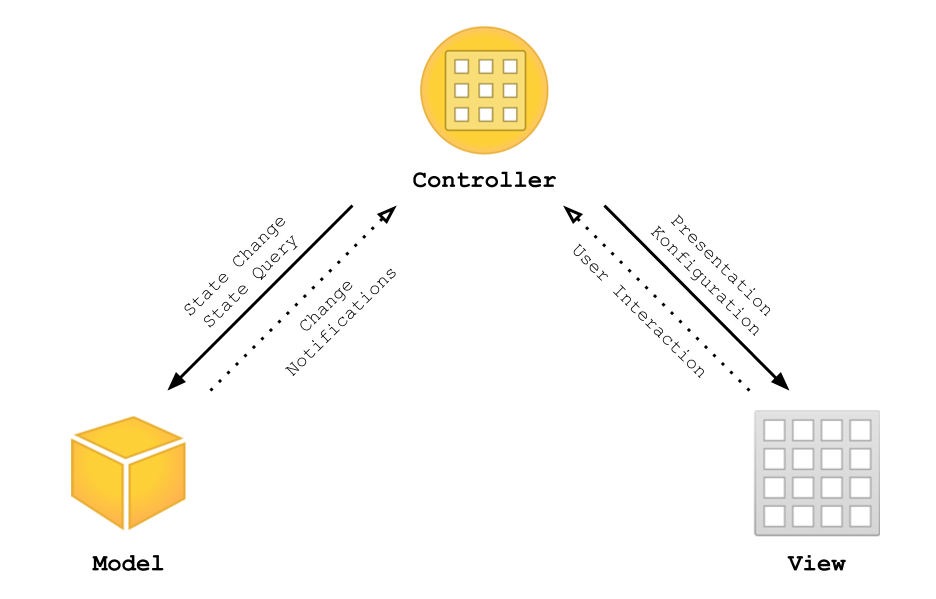1. L. Pompili, A. Buonanno, H. Estellés, et al. Laying the foundation of the effective-one-body waveform models SEOBNRv5: improved accuracy and efficiency for spinning non-precessing binary black holes. Phys. Rev. D 108, 12, p. 124035 (2023). arXiv:2303.18039.

Computational physicist at Caltech with a Ph.D. in numerical relativity and gravitational-wave astronomy. Also passionate about software development, design, data visualisation and teaching. I changed my last name from Fischer to Vu in 2022.
Recent Publications
2. H. Zhu, H. Siegel, K. Mitman, et al. Black Hole Spectroscopy for Precessing Binary Black Hole Coalescences. arXiv:2312.08588.
3. N. Deppe, L. E. Kidder, S. A. Teukolsky, et al. A positivity-preserving adaptive-order finite-difference scheme for GRMHD. Class. Quantum Grav. 40, p. 245014 (2023). arXiv:2306.04755.
4. J. Yoo, K. Mitman, V. Varma, et al. Numerical relativity surrogate model with memory effects and post-Newtonian hybridization. Phys. Rev. D 108, 6, p. 064027 (2023). arXiv:2306.03148.
5. S. Ma, J. Moxon, M. A. Scheel, et al. Fully relativistic three-dimensional Cauchy-characteristic matching. arXiv:2308.10361.
6. N. A. Wittek, M. Dhesi, L. Barack, et al. Worldtube excision method for intermediate-mass-ratio inspirals: scalar-field model in 3+1 dimensions. Phys. Rev. D 108, 2, p. 024041 (2023). arXiv:2304.05329.
7. K. Mitman, M. Lagos, L. C. Stein, et al. Nonlinearities in black hole ringdowns. Phys. Rev. Lett. 130, 8, p. 081402 (2023). arXiv:2208.07380.

8. N. L. Vu, S. Rodriguez, T. Wlodarczyk, et al. High-accuracy numerical models of Brownian thermal noise in thin mirror coatings. Class. Quantum Grav. 40, p. 025015 (2023). arXiv:2111.06893.
9. S. Ma, K. Mitman, L. Sun, et al. Quasinormal-mode filters: A new approach to analyze the gravitational-wave ringdown of binary black-hole mergers. Phys. Rev. D 106, 8, p. 084036 (2022). arXiv:2207.10870.

10. N. L. Vu. A task-based parallel elliptic solver for numerical relativity with discontinuous Galerkin methods. Universität Potsdam:10.25932/publishup-56226 (2022).
Recent Projects

gwpv
A visualization code for gravitational wave data I created in 2020.
This Python package uses the ParaView scientific visualization toolkit to produce 3D renderings of gravitational wave data from a numerical simulation or a waveform model.

Gravitational waves playground
An interactive iPad visualization I created in 2018.
In this Swift playground book you can make gravitational waves visible and control the visualization of this elusive radiation emitted by two inspiraling and merging black holes.

Black holes playground
A series of interactive iPad simulations I created in 2017.
In this Swift playground book you’ll explore the physics of black holes in Albert Einstein’s theory of general relativity with three interactive simulations on your iPad. Discover the possible trajectories of test particles around a Schwarzschild source, explore the optical effects that occur when a massive object lenses a background light source and watch two black holes merge to hear the gravitational waves they produce in the process.
Python Introductory Course
An online course I created in 2016 for Heidelberg University.
This course gives an introduction to scientific programming with Python for first-year physics students beginning their lab course at Heidelberg University.

TexFig
A vector plotting utility I created in 2016.
This utility assists in producing vector plots with Python’s matplotlib plotting library for seamless typesetting in LaTeX documents.

Heidelberg Map Print
A map design I created in 2016.
The design is based on Ian Villeda’s Wheatpaste style for Mapbox Studio. It shows a personal view on Heidelberg, highlighting university grounds, railway tracks and green spaces.
LaTeX Flipbook
A LaTeX package I created in 2015.
Delight readers of your LaTeX document or thesis with a flipbook effect when they rapidly flick through the printed pages or the PDF.

Evergreen
A Swift logging framework I created in 2015.
This framework allows developers to replace their print logging by Evergreen’s versatile functions to dynamically adjust the verbosity of specific parts of their program, log to multiple destinations (such as files) with custom formatting and easily measure time. Evergreen logging is great to use in any Swift project, but particularly useful when developing a framework, since it gives its users granular control over the output the framework generates. Evergreen is inspired by Python’s excellent logging module and architected for Swift.

Lectures on iOS App Development
A lecture series I held in 2015 at Heidelberg University.
The lecture Software development for iOS gives an introduction to modern application development with an integrated development environment (IDE), the object-oriented programming language Swift and the construction of user interfaces, exemplary for mobile apps on the iOS platform.